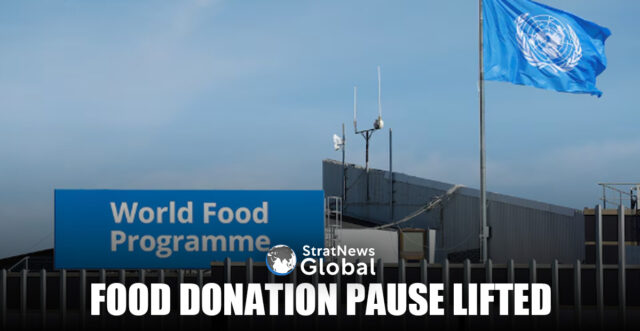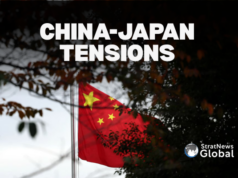The U.N. World Food Programme said that the U.S. has lifted its pause on food donations, ending a suspension that left 500,000 metric tons of food stranded at sea or awaiting shipment.
“We can confirm that the recent pause concerning in-kind food assistance to WFP – purchased from U.S. farmers with Title II funds – has been rescinded,” WFP said in an X post on Sunday. “This allows for the resumption of food purchases and deliveries under existing USAID agreements.”
90-Day Aid Pause
Washington had stopped purchases of commodities produced by U.S. farmers for donation – despite a waiver for emergency food assistance – after U.S. President Donald Trump paused all foreign aid for 90 days so contributions could be reviewed to see if they aligned with his “America First” foreign policy.
The U.S. also told WFP to stop work on dozens of U.S.-funded grants, orders that were received five days after Secretary of State Marco Rubio issued the food waiver.
Peace Title II Programme Hit
Several of the suspended grants were under the World Food Programme’s Food for Peace Title II programme, which spends about $2 billion annually on the donation of U.S. commodities.
The programme, which makes up the bulk of U.S. international food assistance, is co-administered by the U.S. Department of Agriculture and the U.S. Agency for International Development.
The U.S. State Department did not respond to a request for comment.
Stop-Work Order
The USAID grants that WFP was told to stop work on are worth tens of millions of dollars and provide food aid in impoverished countries including Yemen, the Democratic Republic of Congo, Sudan, South Sudan, the Central African Republic, Haiti and Mali.
A lack of detail in the Trump administration’s effort to slash and reshape U.S. foreign aid has created chaos and confusion, say humanitarian officials, who have been left to work out whether to take the financial risk of continuing programs without assurance that they are covered by a waiver.
Food Aid At Risk
The Office of Inspector General for USAID said in a report released on Monday that “uncertainty put more than $489 million of food assistance at ports, in transit, and in warehouses at risk of spoilage, unanticipated storage needs, and diversion.”
The report by the auditor said USAID staff had identified more than 500,000 metric tons of food currently at sea or ready to be shipped that had been sourced under the Title II programme.
“Because this funding source was not included under the Secretary’s emergency food assistance waiver, these commodities were held in limbo, subjecting them to spoilage, unanticipated storage needs, and potential diversion,” the report said.
(With inputs from Reuters)





